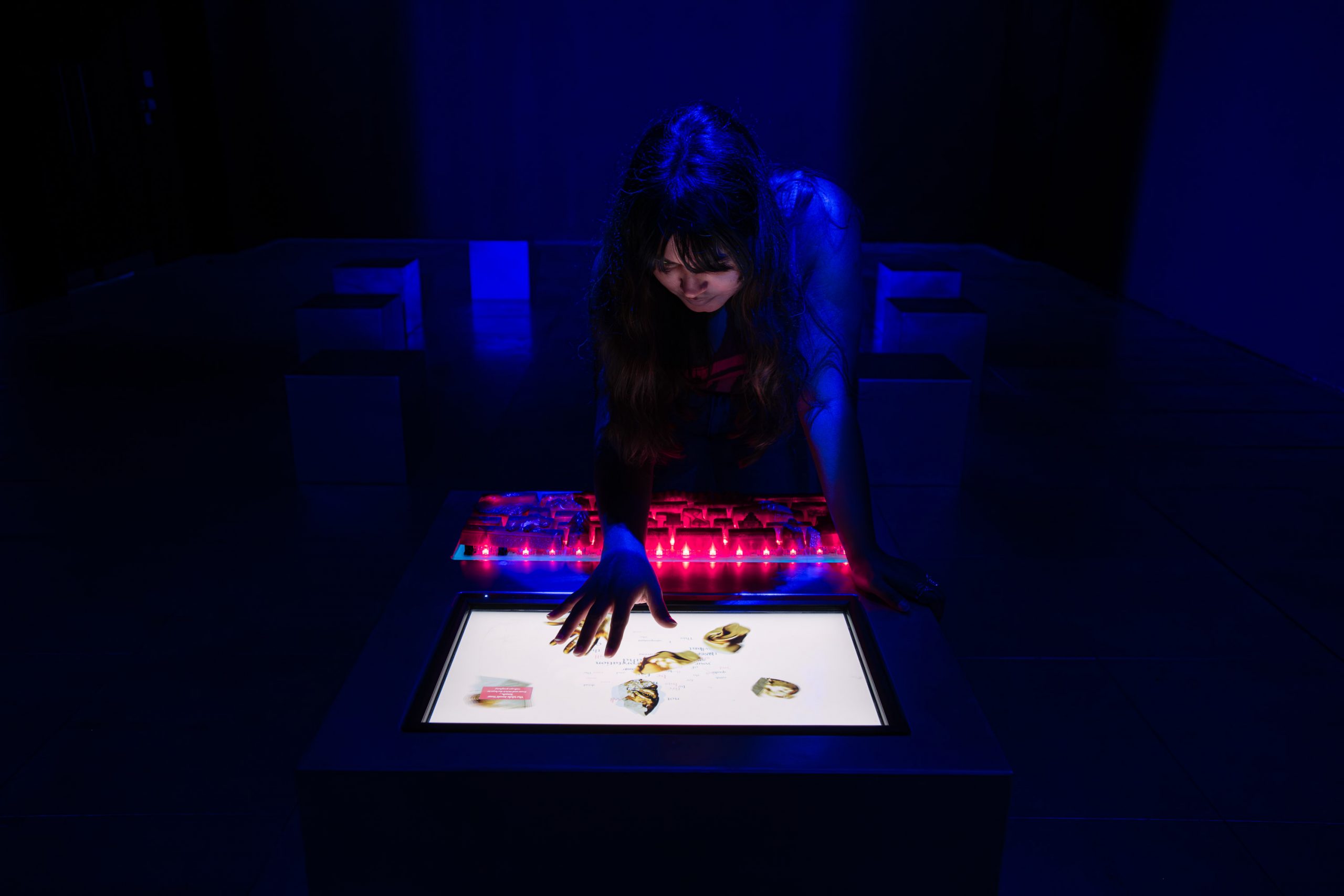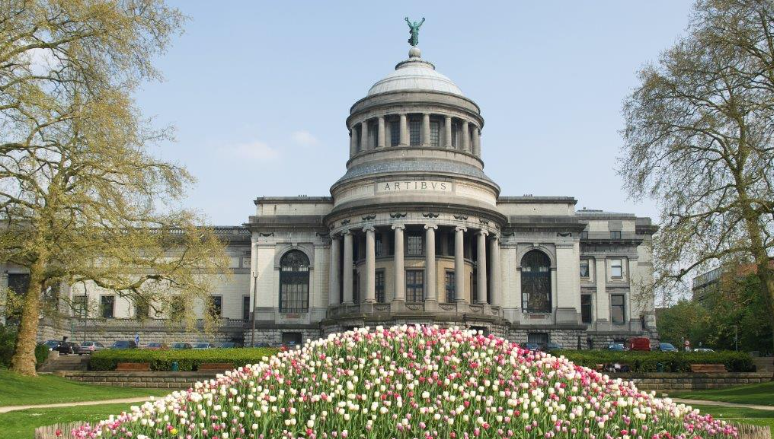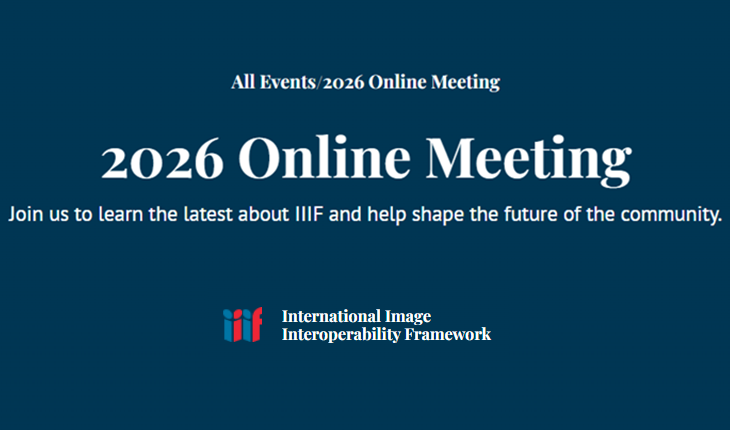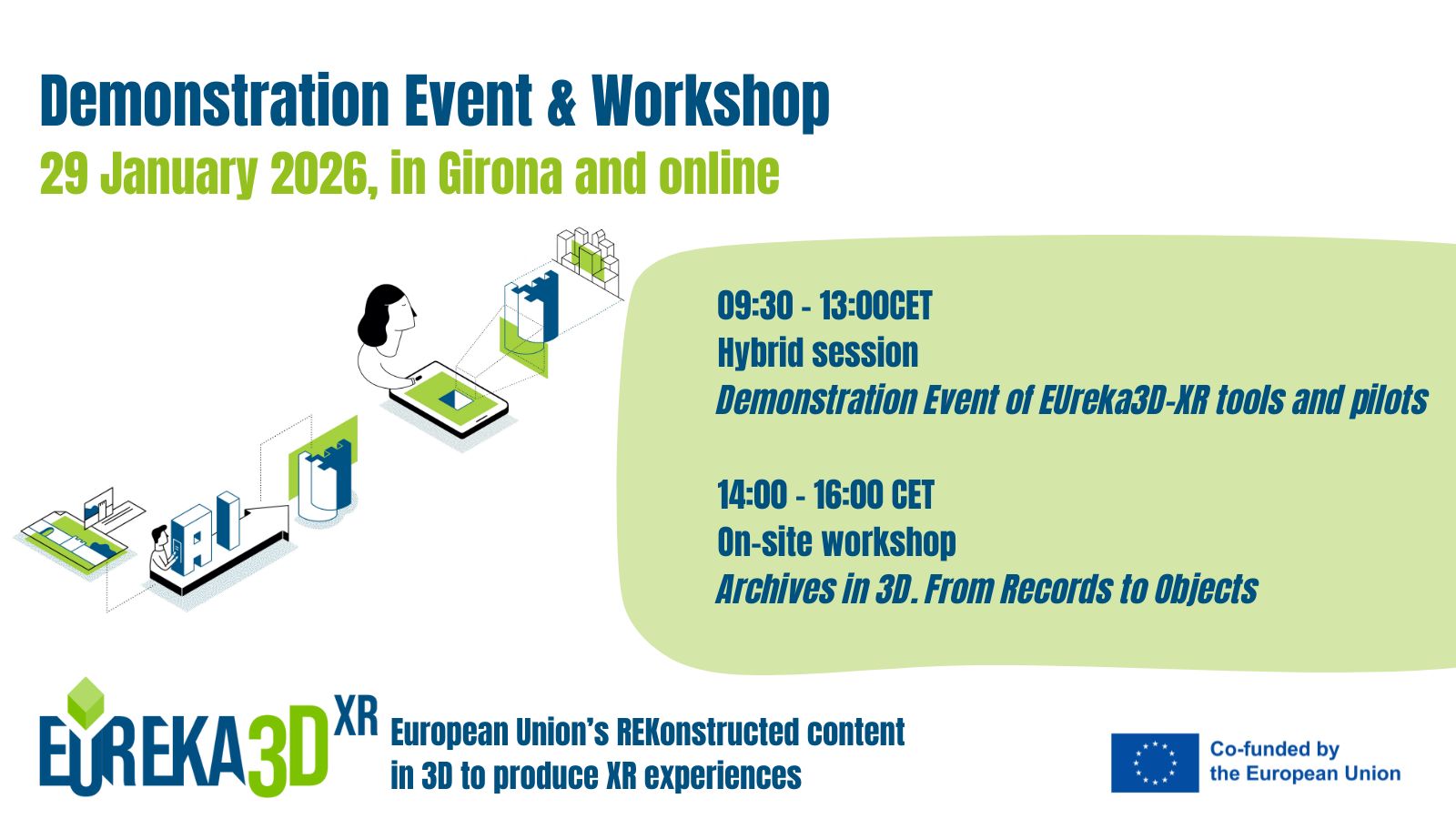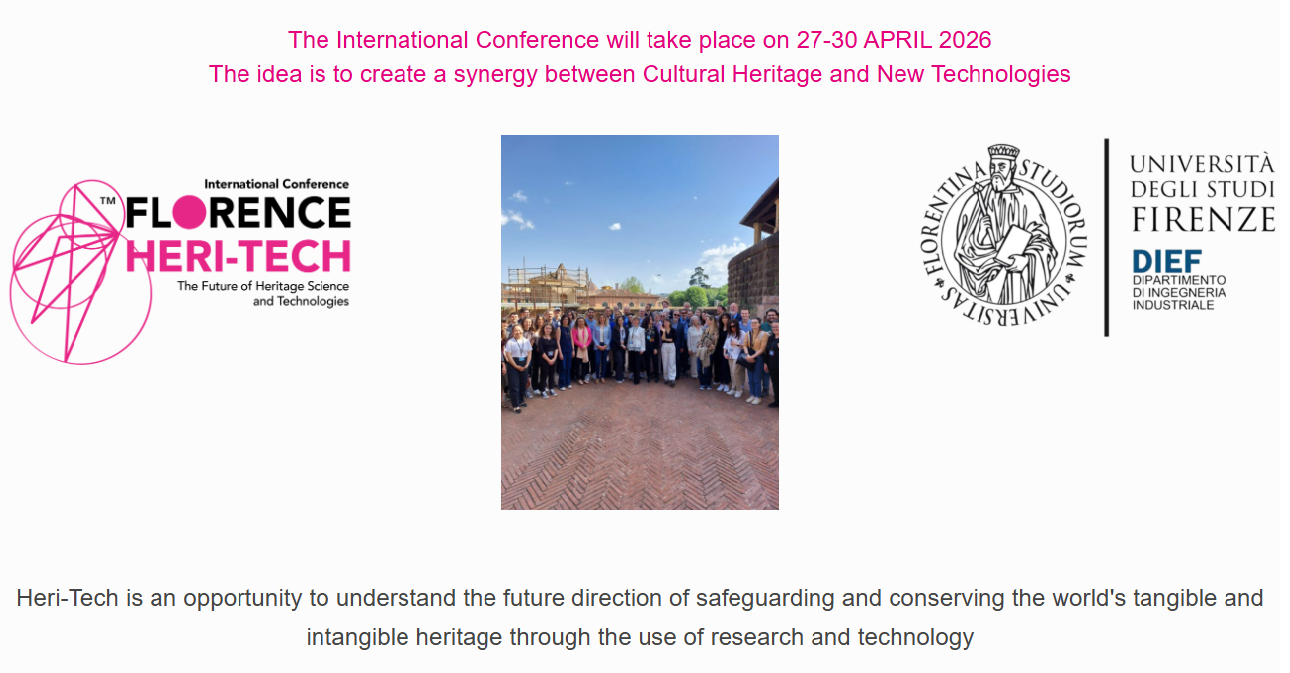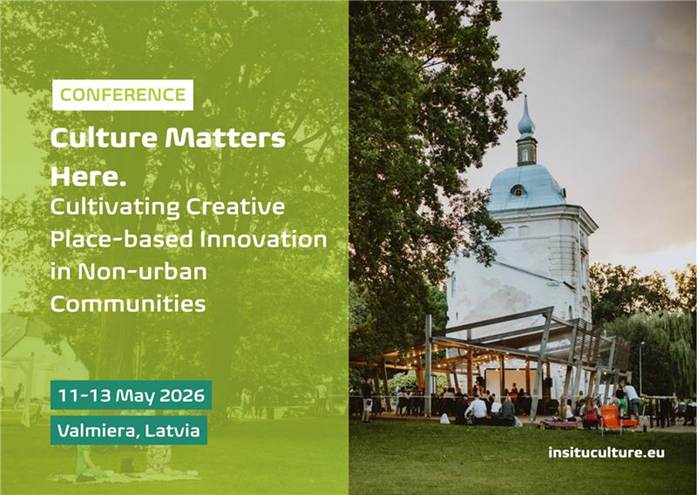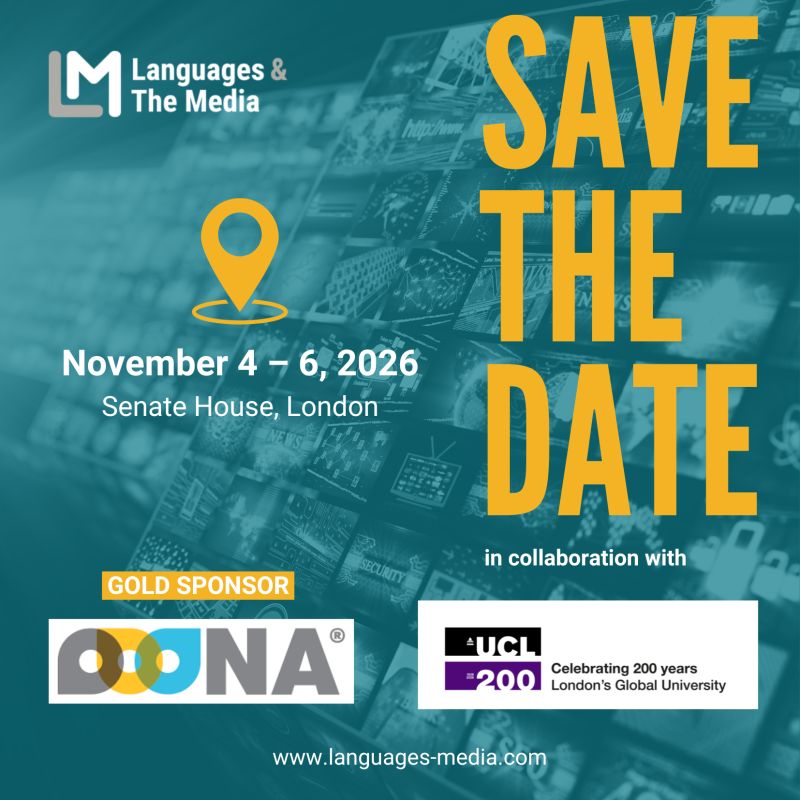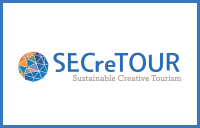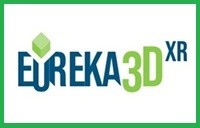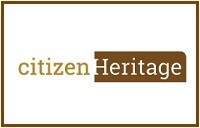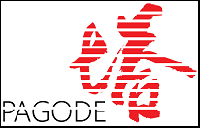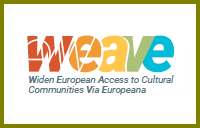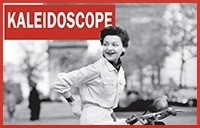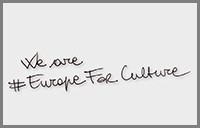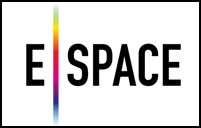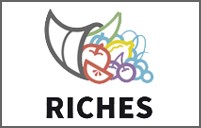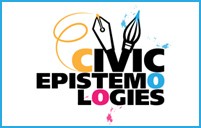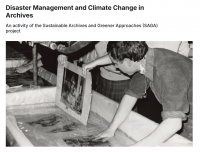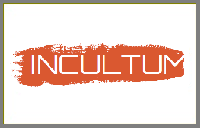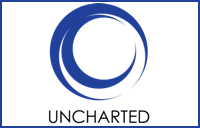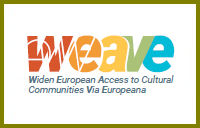Login Status
-
Free text
UPCOMING EVENTS:
 by Claudio Francesconi
by Claudio FrancesconiTwo certainties run through our existence: death, and the presence of the Fibonacci sequence in everything around us. Leonardo Fibonacci from Pisa gave the world a mathematical principle that forever reshaped how we read nature, form and growth. Why this sequence — … Continue reading →
 For IN SITU Final Conference 2026
For IN SITU Final Conference 2026IN SITU: Place-based innovation of cultural and creative industries in non-urban areas Project organises a Final conference (Valmiera, 11-13 May 2026), “Culture Matters Here. Cultivating Creative Place-based Innovation in Non-urban Communities” Co-organised by the Latvian Academy of Culture and the … Continue reading →
Topic: art & new media technologies
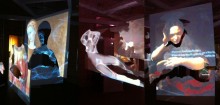
Ballade of Women is an interactive installation that explores perspectives on women’s rights. Through the lens of the personal experience of three women, the exhibition offers an interactive narration on three fundamental themes: emancipation, self-determination and violence. In the installation, representations of three paintings are fragmented and float in the space; set on rotating spindles, these fragments resist attempts by the viewer to capture them as a whole. Thus, the screens only provide a complete view of the paintings at selected times and from specific view-points in the room… Continue reading

The historically important city of Mosul holds artefacts of huge cultural and historical importance and the Mosul Museum is the second largest museum in Iraq after the National Museum of Iraq in Baghdad. Photo of Ishtar temple lion from Project Mosul website. Photo in public domain. Special thanks go to the volunteers who have submitted the images: Suzanne E. Bott, Col. Mary Prophit, and Diane Siebrandt
Continue reading
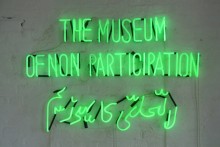
The Museum of Non Participation embeds its institutional critique in its very title, yet it releases itself from being an actual museum. Instead it travels as a place, a slogan, a banner, a performance, a newspaper, a film, an intervention, an occupation: situations that enable this museum to “act.” Continue reading

The CSA (Audiovisual Experimental Center) is a workshop for cine-audiovisual shooting, which was established during the academic year 2013-14, as part of the “Prosmart” master’s degree (in Prato), promoted by University of Florence in partnership with PIN (the University Center … Continue reading
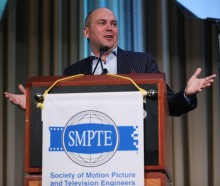
Society of Motion Picture and Television Engineers organises the SMPTE Forum 2015 “Entertainment Technology in the Internet Age: A European Perspective”, being held on 7-8 May 2015, at the Fraunhofer-Forum in Berlin. Factors as wide as EU policy, net neutrality, copyright and mining “big data” are shaping the possibilities in the complex European market and redefining how the industry engages its audience. The SMPTE Forum 2015 will examine these topics Continue reading

FutureEverything celebrated its 20th anniversary. For the last two decades the festival has brought people together to imagine, shape and question the vision of a truly participatory society. A belief in the emancipatory and creative potential of new technologies runs throughout digital culture. It is found both in the open source community and in the rhetoric of Silicon Valley start-ups. In recent years, the contradictions in this vision have come to the surface. The digital age has brought a collision of positives and negatives. This year was an ideal opportunity for FutureEverything to hit pause on its headlong rush into the future, to reflect on the consequences of the past decades and the prospects for the decades to come. Continue reading

Coventry University Centre for Dance Research (C-DaRE, http://c-dare.co.uk/) held the 5th edition of the Digital Echoes Symposium. Digital Echoes Symposium 2015: Intangible and Performance-based Cultural Heritage 13 February 2015, Institute for Creative Enterprise, Coventry University Convenors: Sarah Whatley, Rosamaria Cisneros, Amalia Sabiescu Digital … Continue reading

To celebrate its 20th Edition Museum Expressions, the gift and cultural marking trade show, launched Museum Connections, an innovative conference programme focusing on innovation in Museums which gathered key museum and cultural heritage actors from around the world. The event was held at Paris Porte de Versailles on January 21st & 22nd, 2015. Continue reading
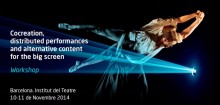
This workshop, co-organised by the Foundation i2CAT, the Government of Catalonia and the Theatre Institute of Barcelona,examined the gradual adoption of technological environments in the performing arts and how the expanding of bandwidth have given rise to new forms of creative expression, space for experimentation and new business models for performing arts, reaching other spaces such as movie screens and cultural institutions with the distribution of high-definition content. Sarah Whatley, dance professor and director of the Centre for Dance Research (C-Dare) at Coventry University intervened as speaker in representation of the European project RICHES. Continue reading



